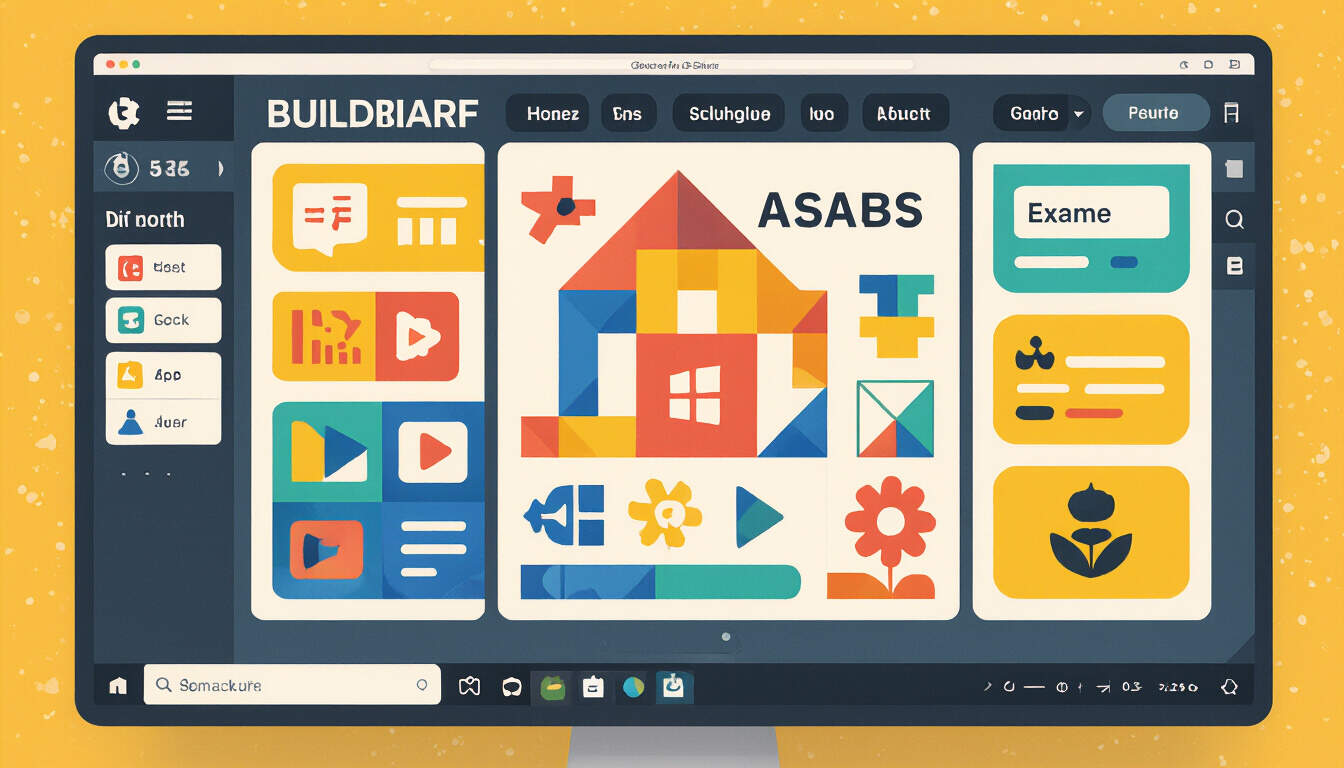Product Evolution Tactics with Zero-Code Tools for MVP Validation
 by Lilian Nienow
by Lilian Nienow
Discover how zero-code tools can streamline product evolution by enabling quick MVP validation. This approach helps entrepreneurs test ideas efficiently, gather feedback, and iterate without coding expertise, saving time and resources for startups and product managers.

Zero-code tools have become essential for entrepreneurs and startups looking to refine their products. These platforms allow users to build and test ideas rapidly. For instance, zero-code tools enable the creation of functional prototypes that can validate core assumptions.
In the process of product evolution, validating an MVP is crucial. An MVP helps determine if a product idea meets market needs. By using zero-code platforms, teams can prototype features and gather user input early. This method reduces risks associated with full development cycles.
Benefits of Zero-Code Tools in Product Evolution
One key advantage is the speed of iteration. With these tools, changes can be made quickly based on feedback. For product managers, this means testing multiple versions without extensive resources. Consider how a startup might use a zero-code builder to simulate user interactions and refine designs.
Strategies for effective MVP validation involve several steps. First, identify the core features that define your product. Then, use zero-code tools to assemble a basic version. MVP validation often includes running tests with potential users to collect data. This feedback loop drives improvements and ensures the product evolves meaningfully.
Another tactic is to focus on user-centric design. By prioritizing ease of use, teams can create prototypes that resonate with audiences. Zero-code tools offer drag-and-drop interfaces that simplify this process. For example, a product manager could build an app mockup in hours and share it for reviews.
Practical Steps for Implementation
To start, select a zero-code tool that fits your needs. Options include platforms for web apps or mobile interfaces. Once chosen, outline your MVP goals. Define what success looks like, such as user engagement metrics or conversion rates.
Next, build the prototype. Assemble elements like forms and buttons using visual editors. Test the MVP with a small group to gather insights. Analyze the results to guide the next phase of product evolution. This iterative approach keeps development aligned with user preferences.
Real-world applications show the value of these tactics. A startup in the e-commerce space used zero-code tools to test a new shopping feature. They created a simple interface, validated it with beta users, and adjusted based on responses. This led to a more effective final product.
Challenges may arise, such as limitations in customization. However, the trade-offs are worthwhile for quick validation. By focusing on essential functions, teams avoid overcomplicating early stages.
Motivation for Adoption
Adopting zero-code tools can transform how startups operate. These resources empower teams to innovate without barriers. Product managers find that this method fosters creativity and collaboration. As you apply these tactics, remember that every iteration brings your idea closer to success.
In summary, product evolution through zero-code tools offers a practical path for MVP validation. By following structured strategies, entrepreneurs can build, test, and refine ideas efficiently. This not only saves time but also builds confidence in the product's potential.
